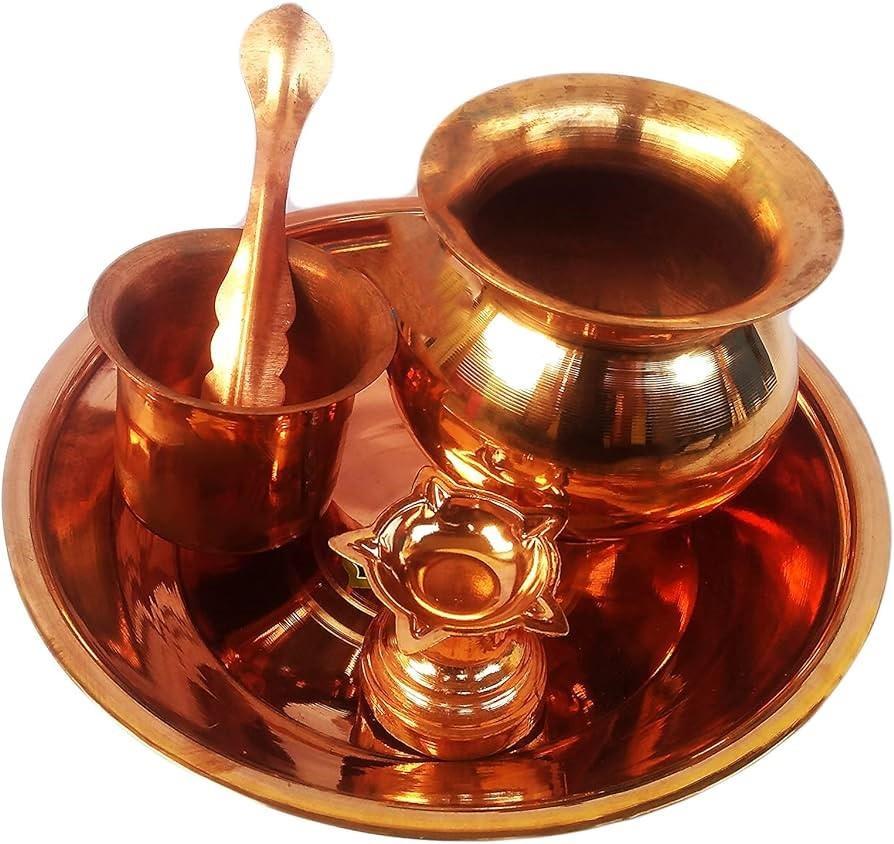Exploring the Timeless Artistry and Utility of Traditional Copper Utensils
Copper utensils have long held a significant place in traditional cultures around the world, valued for their durability, conductivity, and health benefits. From ancient civilizations to modern times, copper utensils have been an integral part of culinary practices and household traditions.
In many cultures, the use of copper utensils is deeply rooted in tradition and symbolism. In India, for example, copper utensils are considered auspicious and are often used in religious ceremonies and rituals. They are also believed to have health benefits, as copper is known to have antimicrobial properties that can help prevent the growth of harmful bacteria. Ayurveda, the ancient Indian system of medicine, recommends storing water in copper vessels overnight to reap its health benefits, including improved digestion and immunity.
The craftsmanship involved in making traditional copper utensils is often passed down through generations, with artisans employing age-old techniques to shape and decorate the metal. These utensils come in a variety of forms, including pots, pans, bowls, and serving trays, each designed for specific culinary purposes. The versatility of copper as a material allows for intricate designs and embellishments, making each piece a work of art in its own right.

Beyond their cultural and aesthetic value, copper utensils offer practical benefits in the kitchen. Copper is an excellent conductor of heat, distributing it evenly across the surface of cookware and allowing for precise temperature control. This makes copper pots and pans ideal for tasks such as sautéing, simmering, and caramelizing, where precise heat management is essential for achieving optimal results.
However, despite their many advantages, traditional copper utensils require proper care and maintenance to ensure longevity. Copper can react with certain foods and acidic ingredients, causing discoloration or imparting a metallic taste. Regular cleaning and polishing are necessary to preserve the luster of copper utensils and prevent tarnishing.
In conclusion, traditional copper utensils are more than just kitchen tools they are symbols of cultural heritage, craftsmanship, and culinary tradition. With their unique blend of functionality and beauty, copper utensils continue to hold a special place in homes and kitchens around the world, connecting us to our past while enriching our culinary experiences in the present.
